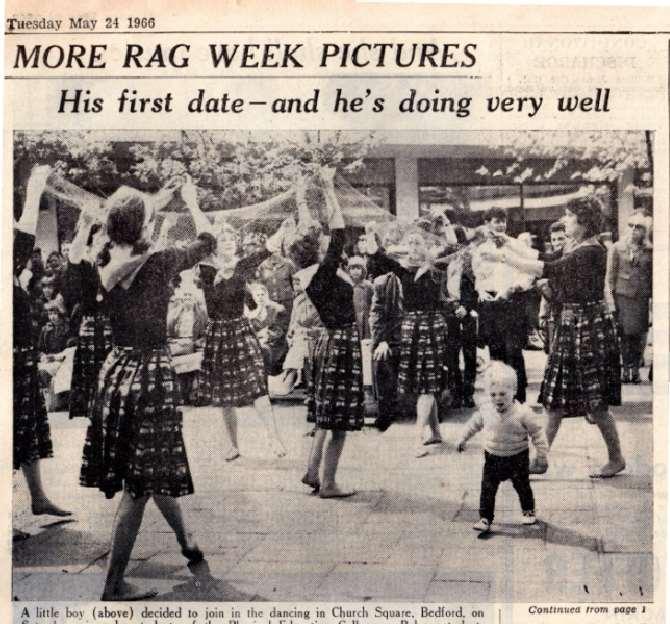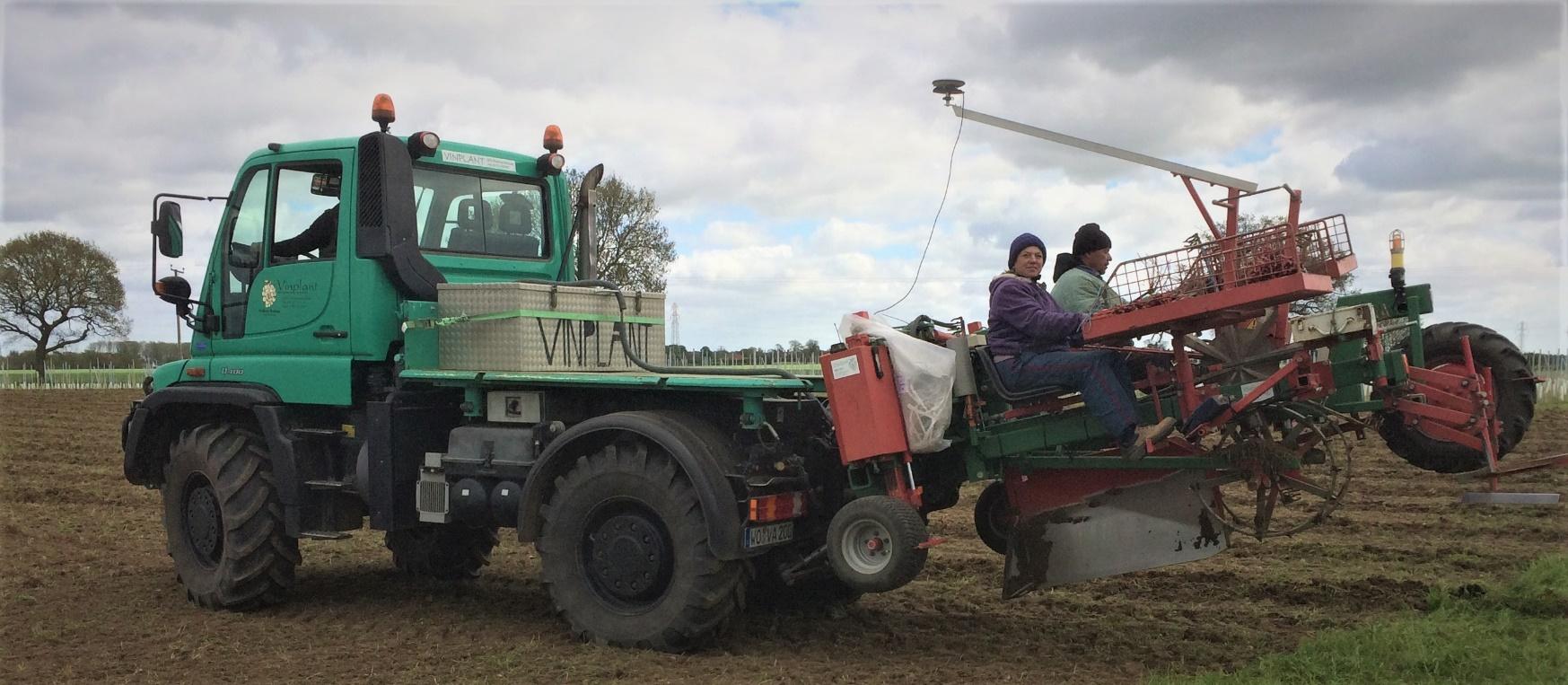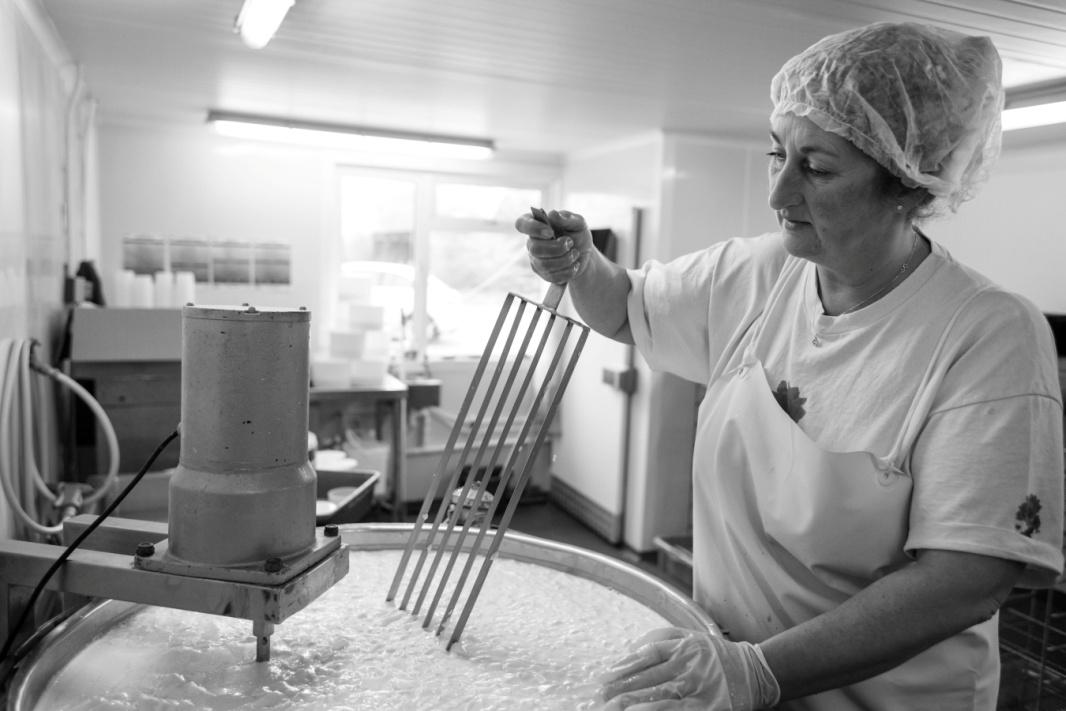The Mayor judged a children’s fancy dress competition. Entrants included little Bo-Peep, a Mexican Bandit, Red Indian and Pirates as well as a bride. During Saturday lunch-time girls from Teachers Training College put on a display of country dancing in Church Square.” Dave Valentine also remembers some other Shuttleworth students activities on the Saturday. Brian Moore & Maurice Budden had table and chairs on the traffic island in the middle of High Street near the Town Bridge and played chess for hours, also in High Street was Stuart Cartmell with his fishing rod trying his luck down a road drain! A cage on wheels containing snarling P.E. girls was pulled up Silver Street by a team of 4 Shuttleworth Students.
You want to grow WHAT? That would probably have been the response 20 years ago when a farmer’s son or daughter freshly back to the UK from New Zealand suggests that they would like to plant grapevines on the farm. Today such a suggestion would be taken seriously; there are now 770 (and counting) vineyards and 160 wineries in the UK, mostly in the southern counties with the rest in Wales, the Midlands, Yorkshire and even Scotland. In the last four years over 5.2 million grapevines have been planted on approximately 1400 hectares bringing the total area to approximately 5200 ha with 65% of the total dedicated to sparkling wine production; the UK has gained a reputation for producing world-class sparkling wine! It is worth mentioning that the UK is the hub of the global 6.3 billion dollar wine trade and that Manchester is home to the largest bottling plant in the world. This international import/export trade has been built up over centuries and now worth around £830 million per annum to the UK economy but Brexit threatens this when WTO and EU tariffs and custom rules come into force – or not. We shall see. All commercial plantings in the UK are on phylloxera resistant rootstocks and must be registered with the Wine Standards Vineyard Register; private plantings below 0.1 ha are exempt. Commercial wine producers need a Wine Producers Licence and have to pay Wine Duty for still wine between 1.2% and 22% ABV (Alcohol By Volume); for sparkling wines the parameters are 5.5% and 15% ABV. This pushes the cost of making the wine to around £5.00 per bottle for still wine and £9.00 per bottle for sparkling wine and explains why you can buy a bottle of imported wine for £5.00 in supermarkets. Grapevines can be grown on just about all soil types with a suitable phylloxera resistant rootstock; the usual plant density is 3500 to 4000 plants/ha with 1.0 to 1.2 metres between plants in rows of 2.4 metres apart. A vineyard should be like a calf rearing shed in that it needs to be dry underfoot, sheltered but well ventilated. This is particularly important here in the UK with our temperate maritime climate that leads to high humidity levels in the growing season resulting in high disease pressure, with Powdery Mildew and Botrytis being the greatest threat, although advances in plant breeding have brought out more disease resistant 18








